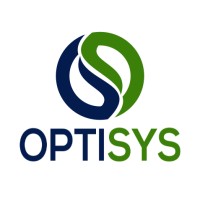
OPTISYS
Optisys utilizes recent advances in manufacturing technology to provide metal 3D printed antenna products for high performance aerospace and defense applications. Our products greatly reduce size, weight, lead times and part count by creating structures not possible in the past. Optisys offers highly integrated products by using RF design, mechanical design, and system design focused on 3D manufacturing. These products can be used in a large number of applications including ground terminals, on aircraft, or in space.






